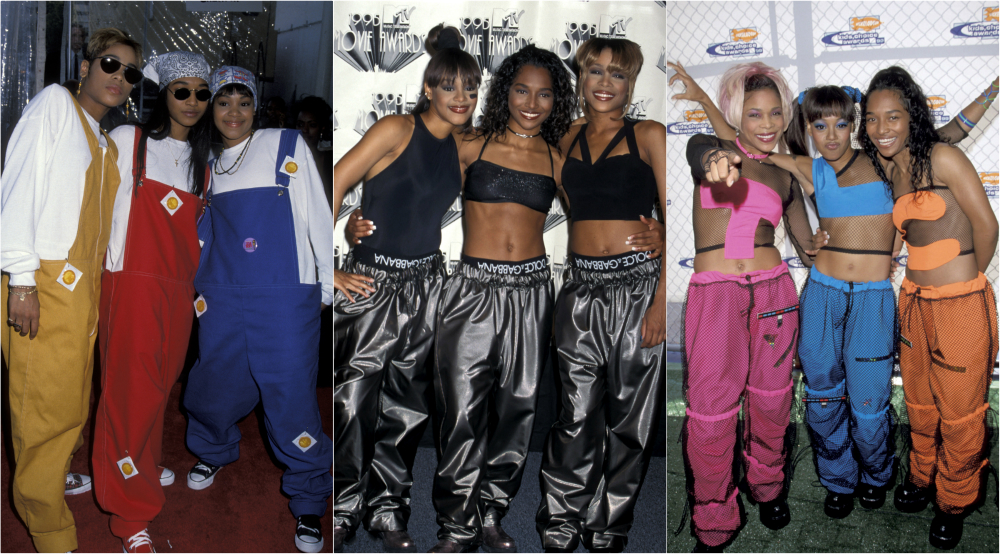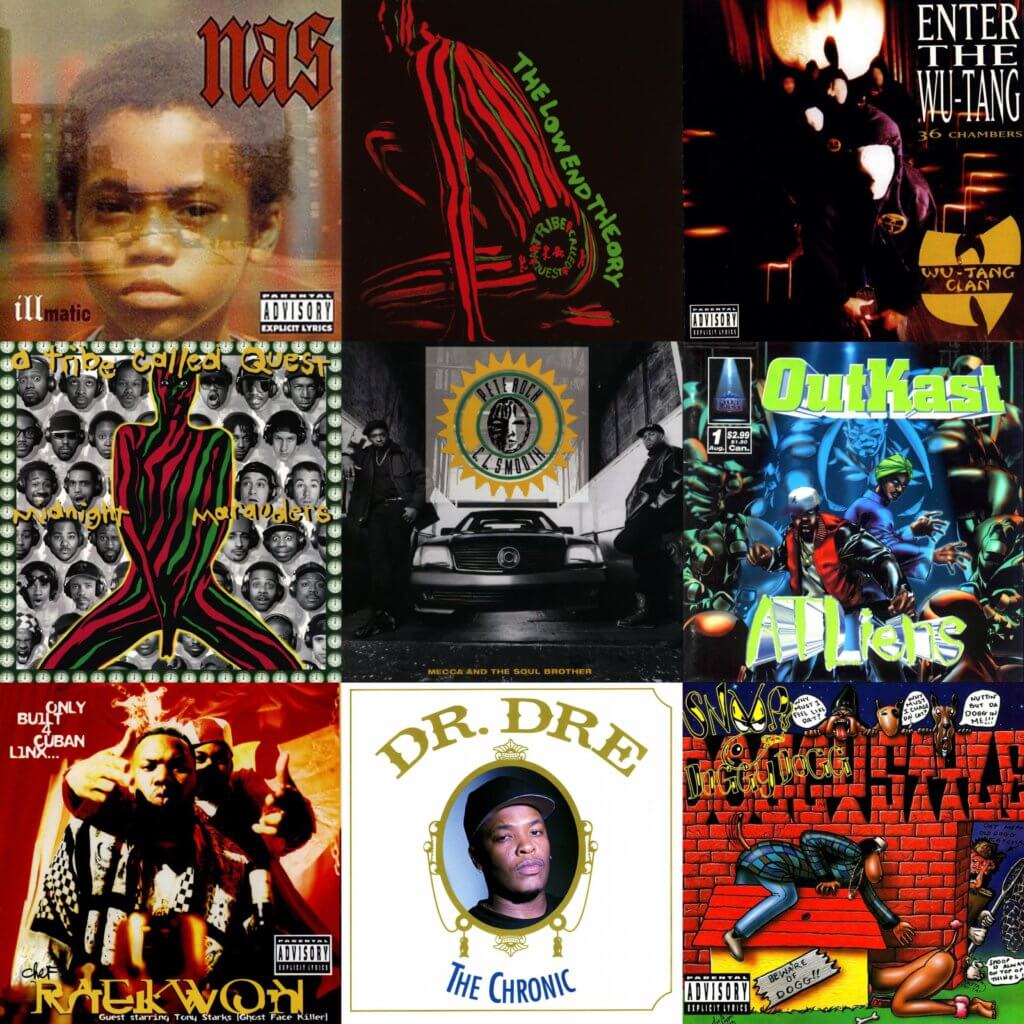90s Hip Hop Artists: The Golden Era That Changed Music Forever
Welcome to the world of 90s hip hop, where beats, rhymes, and raw talent collided to create some of the most iconic music in history. This era was more than just a decade—it was a cultural revolution that shaped the sound of an entire generation. From the streets of New York to the West Coast, the 90s hip hop scene birthed legends who left an indelible mark on the music industry. So, grab your boombox, rewind the cassette, and let’s dive into the golden era of hip hop.
The 90s was a time when hip hop transitioned from underground movements to mainstream success. Artists weren’t just making music—they were creating art that spoke to the struggles, triumphs, and realities of life. This period saw the rise of some of the most influential rappers in history, whose lyrics and beats continue to resonate with fans worldwide. Whether you’re a longtime fan or just discovering the genre, the 90s hip hop scene has something for everyone.
From the gritty storytelling of Nas to the smooth flows of Tupac Shakur and The Notorious B.I.G., this era defined what it meant to be a true hip hop artist. It wasn’t just about the music—it was about the message, the style, and the culture. As we explore the lives and legacies of these legendary artists, you’ll see why the 90s is often referred to as the “golden age” of hip hop. So, let’s get started!
Read also:Is Pierre Poilievre Bilingual Exploring His Language Skills And Political Influence
Table of Contents
- Introduction to 90s Hip Hop
- Biography of Key Artists
- The Influence of 90s Hip Hop
- The Rise of West Coast Hip Hop
- The East Coast Scene
- Subgenres in 90s Hip Hop
- Iconic Albums of the 90s
- Fashion and Style in 90s Hip Hop
- The Legacy of 90s Hip Hop Artists
- Conclusion: Why 90s Hip Hop Still Matters
Introduction to 90s Hip Hop
The 90s was a transformative decade for hip hop, marked by a surge in creativity and diversity. This era saw the emergence of artists who pushed the boundaries of the genre, blending poetic lyrics with innovative beats. Unlike the early days of hip hop, which focused primarily on party anthems and DJ culture, the 90s brought depth and complexity to the music. Artists began to use their platforms to address social issues, personal struggles, and political challenges.
What Made 90s Hip Hop Unique?
One of the defining features of 90s hip hop was its authenticity. Artists weren’t afraid to be vulnerable and honest in their lyrics. This era saw the rise of conscious rappers like Common and Mos Def, who used their music to shed light on systemic issues such as racism and inequality. At the same time, gangsta rap, led by figures like Dr. Dre and Snoop Dogg, dominated the airwaves with its raw energy and storytelling.
Another key aspect of 90s hip hop was the fierce competition between artists. The East Coast-West Coast rivalry, epitomized by the feud between Tupac and Biggie, became a defining narrative of the era. While tragic in its outcome, this rivalry fueled creativity and inspired countless collaborations and rivalries that pushed the genre forward.
Biography of Key Artists
To truly understand the impact of 90s hip hop, we need to look at the lives and careers of the artists who shaped it. Below is a brief overview of some of the most influential figures from this era:
Bio Table
| Artist | Birth Name | Date of Birth | Place of Birth | Notable Albums |
|---|---|---|---|---|
| Tupac Shakur | Lesane Parish Crooks | June 16, 1971 | Brooklyn, New York | All Eyez on Me, Me Against the World |
| The Notorious B.I.G. | Christopher George Latore Wallace | May 21, 1972 | Brooklyn, New York | Ready to Die, Life After Death |
| Nas | Nasir bin Olu Dara Jones | September 14, 1973 | Brooklyn, New York | Illmatic, It Was Written |
| Dr. Dre | Andre Romelle Young | February 18, 1965 | Los Angeles, California | The Chronic, 2001 |
The Influence of 90s Hip Hop
The impact of 90s hip hop extends far beyond the music itself. This era influenced everything from fashion to film, shaping popular culture in profound ways. Artists like Wu-Tang Clan and Jay-Z became cultural icons, their music and style resonating with fans around the world.
How Hip Hop Changed Music
Hip hop in the 90s revolutionized the music industry by introducing new production techniques and sampling methods. Producers like DJ Premier and Pete Rock crafted beats that were both innovative and timeless, setting the standard for future generations. The use of live instruments and soulful samples became a hallmark of the era, creating a sound that was both unique and universally appealing.
Read also:Adragon De Mello The Prodigy Who Defied Expectations
The Rise of West Coast Hip Hop
While the East Coast dominated the early years of hip hop, the West Coast quickly established itself as a force to be reckoned with. Led by Dr. Dre and Snoop Dogg, the G-funk sound became synonymous with West Coast hip hop. This subgenre, characterized by its laid-back beats and funky basslines, captured the laid-back vibe of California.
Dr. Dre’s album "The Chronic" is often credited with launching the West Coast scene into the mainstream. Released in 1992, the album featured hits like "Nuthin' but a 'G' Thang" and "Let Me Ride," showcasing Dre’s production prowess and Snoop Dogg’s smooth flow. The success of "The Chronic" paved the way for other West Coast artists, such as Ice Cube and Cypress Hill, to achieve widespread recognition.
The East Coast Scene
The East Coast, particularly New York City, remained the heart of hip hop during the 90s. Artists like Nas, Wu-Tang Clan, and Jay-Z emerged from the streets of Brooklyn and Queens, bringing a gritty realism to their music. Nas’s debut album "Illmatic" is often hailed as one of the greatest hip hop albums of all time, its intricate lyrics and flawless production setting a new standard for the genre.
The rivalry between East Coast and West Coast hip hop reached its peak in the mid-90s, with Tupac and Biggie at the center of the feud. While the conflict ultimately ended tragically, it highlighted the passion and dedication that artists brought to their craft. The East Coast scene continued to thrive, producing hits like Jay-Z’s "Hard Knock Life" and LL Cool J’s "Mama Said Knock You Out."
Subgenres in 90s Hip Hop
The 90s was a time of experimentation and innovation in hip hop, giving rise to several subgenres that expanded the boundaries of the genre. Some of the most notable subgenres include:
- Gangsta Rap: Characterized by its gritty storytelling and focus on street life, gangsta rap became synonymous with West Coast hip hop. Artists like N.W.A and Snoop Dogg helped popularize this style.
- Conscious Hip Hop: This subgenre focused on social and political issues, with artists like Common and Mos Def using their music to raise awareness and inspire change.
- Alternative Hip Hop: Groups like De La Soul and A Tribe Called Quest brought a more experimental and eclectic sound to hip hop, incorporating elements of jazz and funk into their music.
Iconic Albums of the 90s
No discussion of 90s hip hop would be complete without mentioning the iconic albums that defined the era. These albums not only showcased the talent of their respective artists but also set the standard for future generations:
- Tupac Shakur – All Eyez on Me: Released in 1996, this double album features some of Tupac’s most memorable tracks, including "California Love" and "Ambitionz Az a Ridah."
- The Notorious B.I.G. – Life After Death: This posthumous release from Biggie is a masterpiece of storytelling and production, featuring hits like "Hypnotize" and "Mo Money Mo Problems."
- Nas – Illmatic: Often regarded as one of the greatest hip hop albums of all time, "Illmatic" showcases Nas’s lyrical brilliance and DJ Premier’s production genius.
Fashion and Style in 90s Hip Hop
Fashion played a crucial role in the 90s hip hop scene, with artists using their style to express their identity and values. Baggy jeans, oversized T-shirts, and gold chains became staples of the hip hop look, symbolizing both rebellion and success. Brands like Tommy Hilfiger and FUBU became synonymous with the genre, as artists embraced them as symbols of empowerment.
Why Fashion Matters
For many artists, fashion was more than just a style choice—it was a statement. The oversized silhouettes and bold colors reflected the confidence and swagger of hip hop culture. This era also saw the rise of streetwear brands, with artists like Sean "Diddy" Combs launching their own lines and influencing the global fashion industry.
The Legacy of 90s Hip Hop Artists
The influence of 90s hip hop artists continues to be felt today, as their music and messages inspire new generations of fans and artists. From the conscious lyrics of Nas to the raw energy of Tupac and Biggie, the legacy of these pioneers is undeniable. Their contributions to the genre have helped shape the sound of modern hip hop, ensuring that the spirit of the 90s lives on.
Why 90s Hip Hop Still Matters
In a world where music trends come and go, the 90s hip hop scene remains a touchstone for authenticity and creativity. The artists of this era proved that hip hop was more than just entertainment—it was a powerful tool for storytelling and social change. As new artists continue to draw inspiration from the classics, the impact of 90s hip hop will undoubtedly endure for generations to come.
Conclusion: Why 90s Hip Hop Still Matters
As we’ve explored the world of 90s hip hop, it’s clear that this era was more than just a musical movement—it was a cultural revolution. From the streets of New York to the beaches of California, the artists of this period left an indelible mark on the music industry and beyond. Their music continues to resonate with fans worldwide, proving that the power of hip hop lies not just in its beats, but in its ability to connect, inspire, and transform.
So, whether you’re a longtime fan or just discovering the magic of 90s hip hop, take a moment to appreciate the artistry and passion that defined this golden era. And don’t forget to share your favorite tracks with friends—after all, the best way to keep the spirit of 90s hip hop alive is to pass it on. Keep the legacy alive, and let the music speak for itself!


